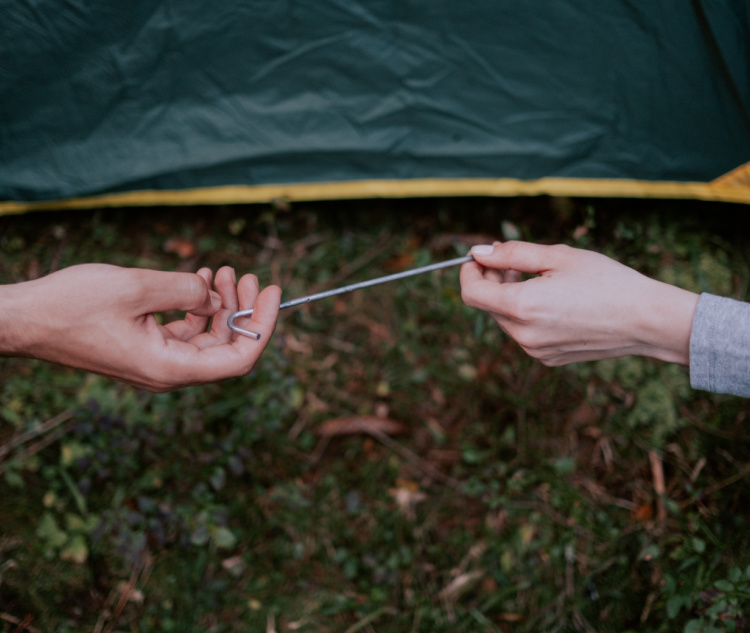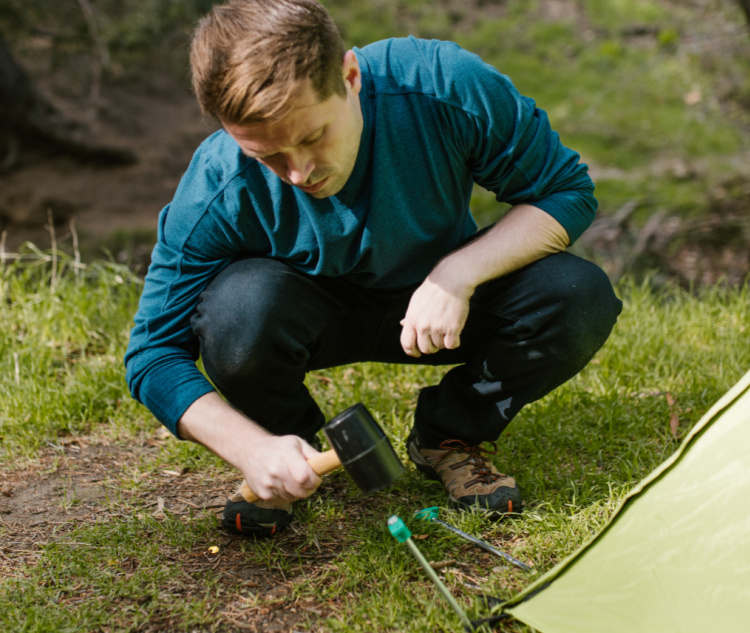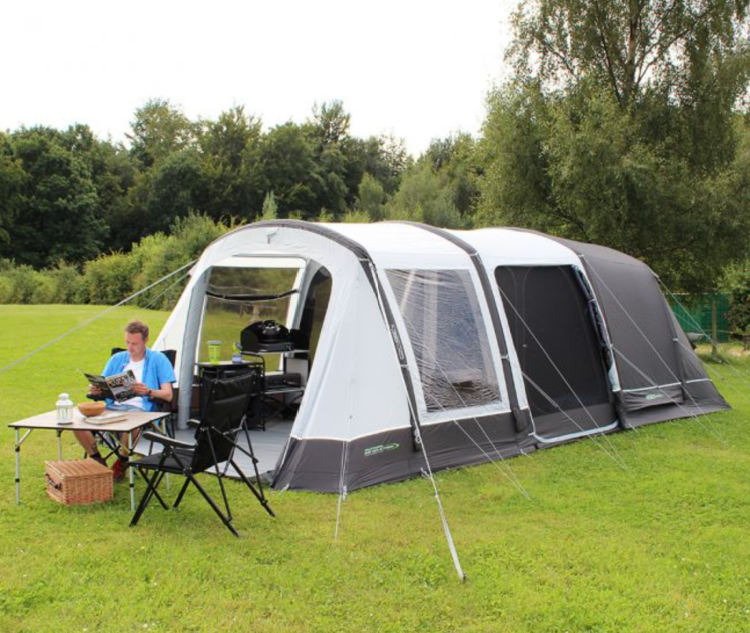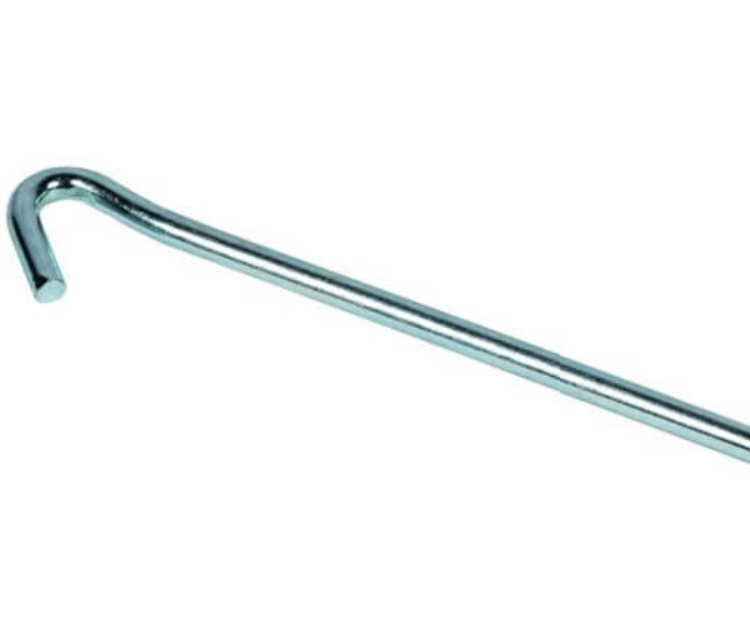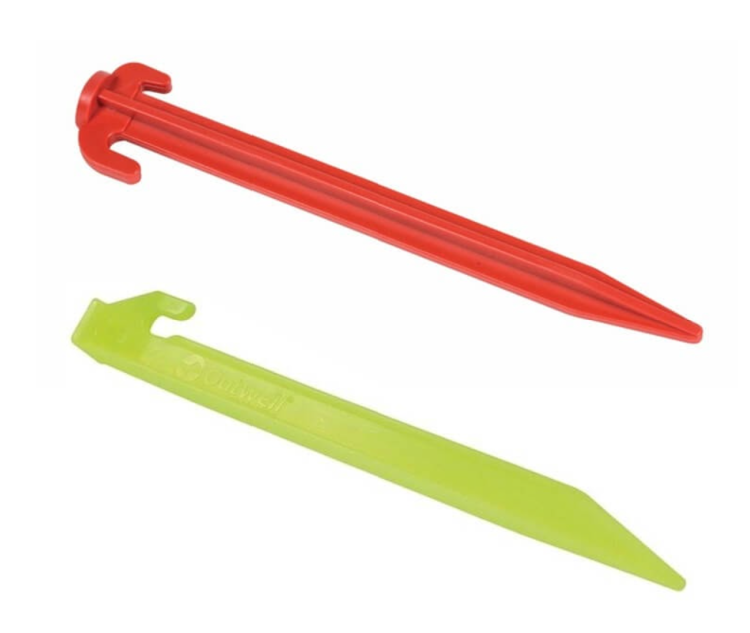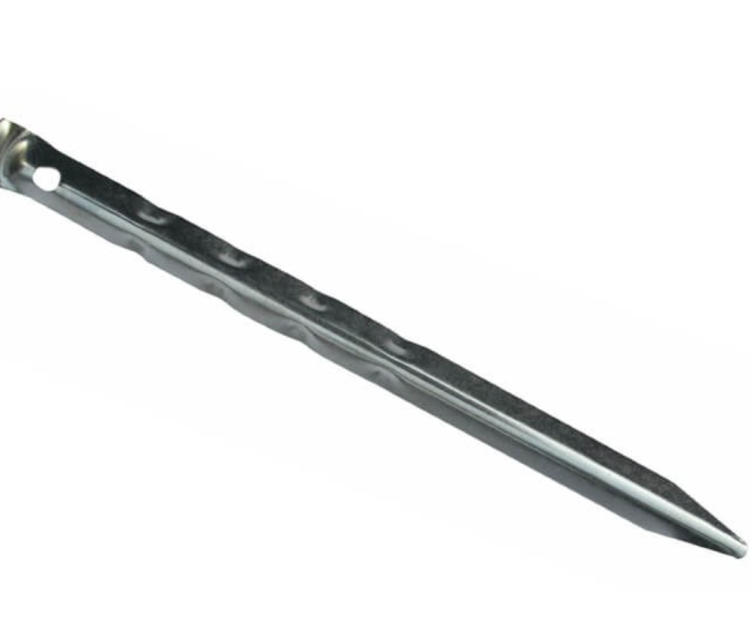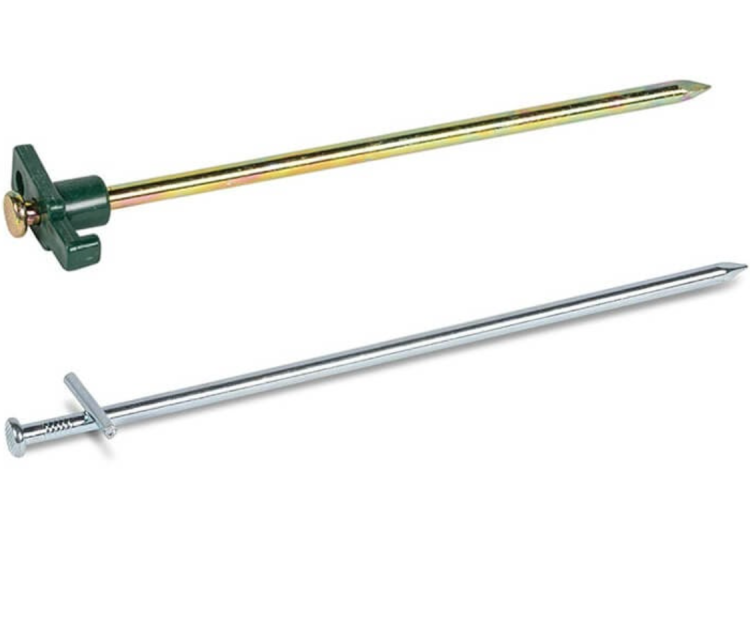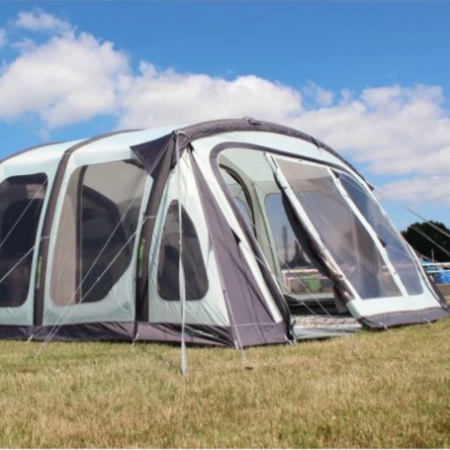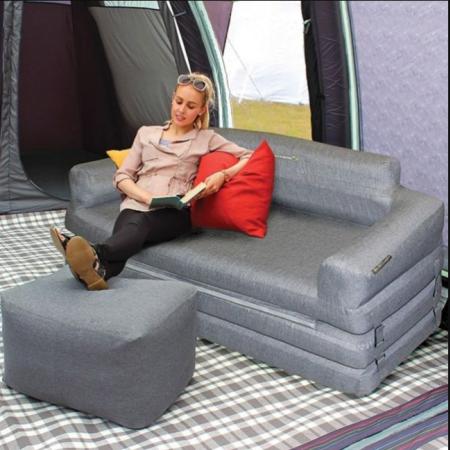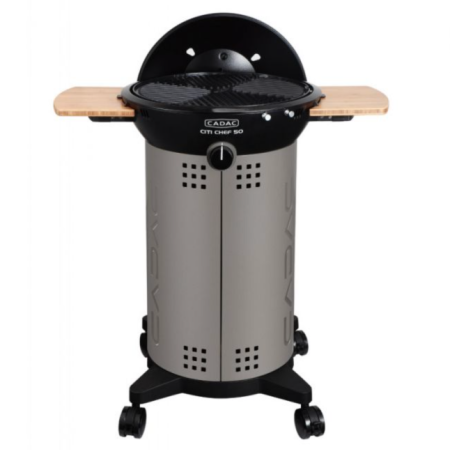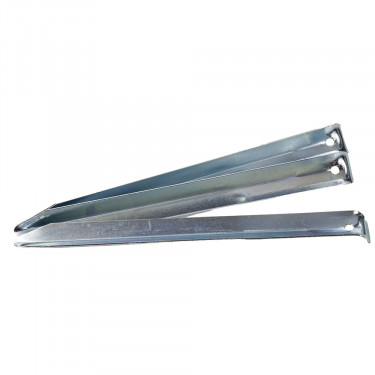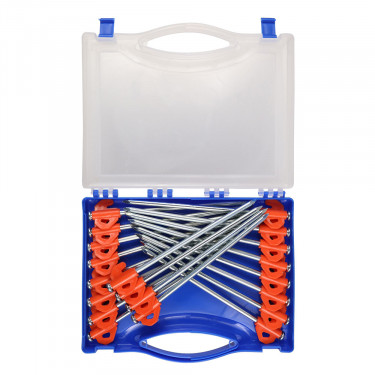What’s a mallet?
This is a tool used to hammer in tent pegs securely. You’ll see a selection of mallet options to choose from when you browse the page we mentioned above.
Do I need a mallet?
A mallet is usually needed if you’re planning to pitch a larger sized tent (e.g. a family tent) or setting up a home on particularly hard ground, as it can be near impossible to secure tent pegs in place in place by hand in these scenarios.
If you’re pitching a tent on softer ground or you’re only taking a smaller type of tent with you (e.g. a 2 man tent), a mallet isn’t usually necessary.
However, It’s worth mentioning that although not essential in some circumstances, mallets do make driving tent pegs into the ground easier than if you were to do it by hand! So, if you have the option to bring one with you, we would recommend it.



